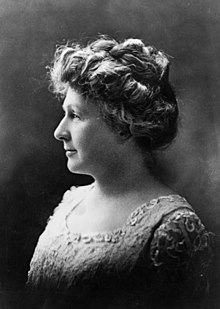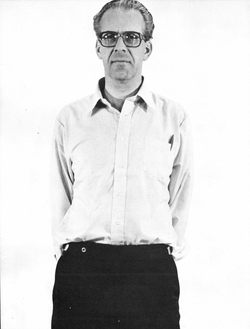1872 ⟶ First Photograph of a Star's Spectrum Reveals Chemical Composition
An American astronomer Henry Draper takes the first photogra...Year
1814
1872
1901
1963
☀️ Fraunhofer Develops Spectrometer and Studies Solar Spectrum
Joseph von Fraunhofer builds the first accurate spectrometer and uses it to study the spectrum of the Sun's light. He discovers and maps hundreds of fine dark lines crossing the solar spectrum. In 1859 these lines are linked to chemical elements in the Sun's atmosphere. Spectroscopy becomes a method for studying what stars are made of.⟶

PhysicsSpectroscopySolar SpectrumJoseph von FraunhoferAstronomy19th Century ScienceElementsAstrophysics
 Germany
Germany⭐ First Photograph of a Star's Spectrum Reveals Chemical Composition
An American astronomer Henry Draper takes the first photograph of the spectrum of a star (Vega), showing absorption lines that reveal its chemical makeup. Astronomers begin to see that spectroscopy is the key to understanding how stars evolve. William Huggins uses absorption lines to measure the redshifts of stars, which give the first indication of how fast stars are moving.⟶

SpectroscopyAstronomyStellar CompositionRedshiftWilliam HugginsHenry DraperAstrophysics19th Century Science
 United States
United States United Kingdom
United Kingdom⭐ Publication of the Henry Draper Catalogue and Stellar Classification
A comprehensive survey of stars, the Henry Draper Catalogue, is published. In the catalog, Annie Jump Cannon proposes a sequence of classifying stars by the absorption lines in their spectra, which is still in use today.⟶

AstronomyStellar ClassificationHenry Draper CatalogueAnnie Jump CannonSpectroscopyStars20th Century
 United States
United States🌌 Quasars Identified as Distant Active Galaxies
Dutch-American astronomer Maarten Schmidt measures the spectra of quasars, the mysterious star-like radio sources discovered in 1960. He establishes that quasars are active galaxies, and among the most distant objects in the universe.⟶

AstronomyAstrophysicsQuasarsActive GalaxiesCosmologyRedshiftMaarten Schmidt
 Netherlands
Netherlands United States
United States